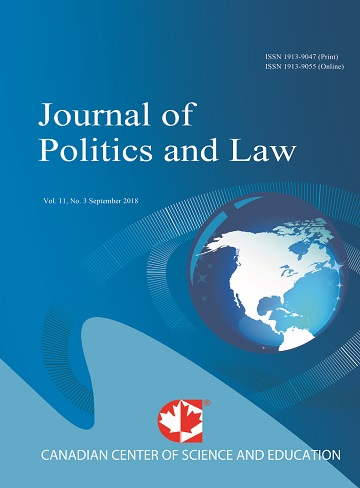Crime and Income Inequality: The Case of Malaysia
- A.H. Baharom
- Muzafar Habibullah
Abstract
This paper examines the causality between income inequality and crime in Malaysia for the period 1973-2003. Autoregressive Distributed Lag (ARDL) bounds testing procedure is employed to (1) analyze the impact of income inequality on various categories of criminal activities as well as to (2) analyze the impact of various categories of criminal activities on income inequality. Interestingly our results indicate that income inequality has no meaningful relationship with any of the various categories of crime selected, such as total crime, violent crime, property crime, theft and burglary. Crime exhibits neither long-run nor short run relationships with income inequality and they are not cointegrated. It cannot be denied that there is ambiguity in the empirical studies of crime economics regarding various income variables leading to often mixed and contradicting results, which might be a good explanation of this finding.
- Full Text:
 PDF
PDF
- DOI:10.5539/jpl.v2n1p55
Journal Metrics
h-index (2017): 14
i10-index (2017): 39
h5-index (2017): 9
h5-median (2017): 11
Index
- Academic Journals Database
- ACNP
- ANVUR (Italian National Agency for the Evaluation of Universities and Research Institutes)
- Berkeley Library
- CNKI Scholar
- COPAC
- CrossRef
- DTU Library
- EBSCOhost
- Elektronische Zeitschriftenbibliothek (EZB)
- EuroPub Database
- Excellence in Research for Australia (ERA)
- Genamics JournalSeek
- GETIT@YALE (Yale University Library)
- Ghent University Library
- Google Scholar
- Harvard Library
- HeinOnline
- INDEX ISLAMICUS
- Infotrieve
- Jisc Library Hub Discover
- JournalGuide
- JournalTOCs
- LOCKSS
- MIAR
- Mir@bel
- NewJour
- Norwegian Centre for Research Data (NSD)
- Open J-Gate
- PKP Open Archives Harvester
- Publons
- Pubmed journal list
- RePEc
- ROAD
- Scilit
- SHERPA/RoMEO
- Standard Periodical Directory
- Stanford Libraries
- UCR Library
- Ulrich's
- UniCat
- Universe Digital Library
- UoS Library
- WorldCat
- Zeitschriften Daten Bank (ZDB)
Contact
- William TaiEditorial Assistant
- jpl@ccsenet.org
